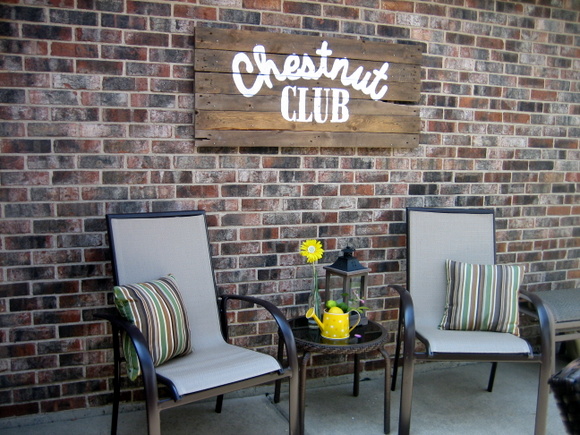Biodiversity or biological diversity is the variety and differences among all the living organisms. It can be expressed in 3 different levels.
| » | Ecosystem diversity can refer to the variety of ecosystems present in a biosphere like Desert, Forest etc. As stated above, ecosystem diversity encompasses the broad differences between ecosystem, and the diversity of the habitats and ecological processes occurring within each ecosystem type. India has very diverse terrestrial and aquatic ecosystems ranging from ice-capped Himalayas to deserts, from arid scrub to grassland to wetlands and tropical rainforests, from coral reefs to the deep sea. Each of these comprises a great variety of habitats and interactions between and within biotic and abiotic components. Species diversity which can define as the diversity in species level and it can be measured in terms of: | ||||||
Species diversity which can define as the diversity in species level and it can be measured in terms of:
|
Genetic diversity refers to the total number of genetic characteristics in the genetic makeup of a species. Each species, varying from bacteria to higher plants and animals, stores an immense amount of genetic information. For example, the number of genes is about 450-700 in mycoplasma, 4000 in bacteria (eg. Escherichia coli) , 13,000 in Fruit-fly (Drosophila melanogaster); 32,000 – 50,000 in rice (Oryza sativa); and 35,000 to 45,000 in human beings (Homo sapiens sapiens). This variation of genes, not only of numbers but of structure also, is of great value as it enables a population to adapt to its environment and to respond to the process of natural selection.
|
According to an MoEF Report (1999), India have about 49,219 plant species representing 12.5% of the world’s flora and 81,251 animal species representing 6.6%. India is also one of the eight primary centers of origin of cultivated plants. A biodiversity hotspot is a biogeographic region with a significant reservoir of biodiversity that is under threat from humans. The concept of biodiversity hotspots was originated by Norman Myers (1988) and in order to consider an area as a “Hotspot”, that region must meet two strict criteria: (a) it must contain at least 0.5% or 1,500 species of vascular plants as endemics, and it has to have lost at least 70% of its primary vegetation. These 25 hot spots are very important since they support 44% of plant and 35% terrestrial vertebrates in a very small area of about1.4% of the total land area.
India is one of the mega biodiversity centres in the world and has two of the world's 18 ‘biodiversity hotspots’ located in the Western Ghats and in the Eastern Himalayas (Myers 1999). These two areas of the country are exceptionally rich in flowering plants, reptiles, amphibians, butterflies and some species of mammals. The eastern Himalayan hot spot extends to the north – eastern India and Bhutan. The Western Ghat region lies parallel to the western coast of Indian peninsula for almost 1600 km, in Maharashtra, Karnataka, Tamil Nadu and Kerala.
The value of biological diversity
The various benefits of biological diversity can be grouped under three categories: a) ecosystem services, b) biological resources, and c) social benefits.
The various benefits of biological diversity can be grouped under three categories: a) ecosystem services, b) biological resources, and c) social benefits.
a) Ecosystem services
Living organisms provide many ecological services free of cost that are responsible for maintaining ecosystem health. Some of the important ecosystem services are as follows:
Living organisms provide many ecological services free of cost that are responsible for maintaining ecosystem health. Some of the important ecosystem services are as follows:
| o | Protection of water resources and soil |
| o | Nutrient storage and cycling |
| o | Pollution reduction |
| o | Climate stability |
| o | Maintenance of ecological processes |
b) Biological resources
| o | Food, fibre, medicines, fuel wood and ornamental plants |
| o | Breeding material for crop improvement |
b) c) Social benefits
| o | Recreation |
| o | Cultural values |
The remarkable diversity of living organisms form an inseparable and significant parts of our planet however, the ever increasing human population is posing serious threats to biodiversity. Specifically, Habitat loss and fragmentation, over-exploitation, environmental pollution, climate change and introduction of exotic species pose major threat to biodiversity. It is estimated that 14,000-40,000species are being lost every year from the tropical forests alone. This statistics makes the need of immediate action for the effective conservation of Biodiversity rich areas either by in-situ or ex-situ approaches.
Copenhagen Climate Change Conference ends with non-legally binding agreement The much expected climate change conference in Copenhagen ended with a non-legally binding agreement which the parties said “politically important”.
Scientists discover new life in the Antarctic deep seaScientists have found hundreds of new marine creatures in the vast, dark deep-sea surrounding Antarctica. Carnivorous sponges, free-swimming worms, crustaceans, and molluscs living in the Weddell Sea provide new insights into the evolution of ocean life.
DefinitionThe simplest definition can be the “diversity of all life forms within an ecosystem”. This follows the meaning that biodiversity is the variety of plants and animals and other living things in a particular area or region.
Deforestation: A great concern12 million hectares of forests are cleared annually. Most of the deforestation occurs in the moist forests and open woodlands of the tropics. At this rate all moist tropical forest could be lost by the year 2050. Some countries such as Ivory Coast, Nigeria, Costa Rica, and Sri Lanka are likely to lose all their tropical forests by the year 2010 if no conservation steps are taken.
For further details log on website :
http://www.ceetindia.org/biodiversity.html




















